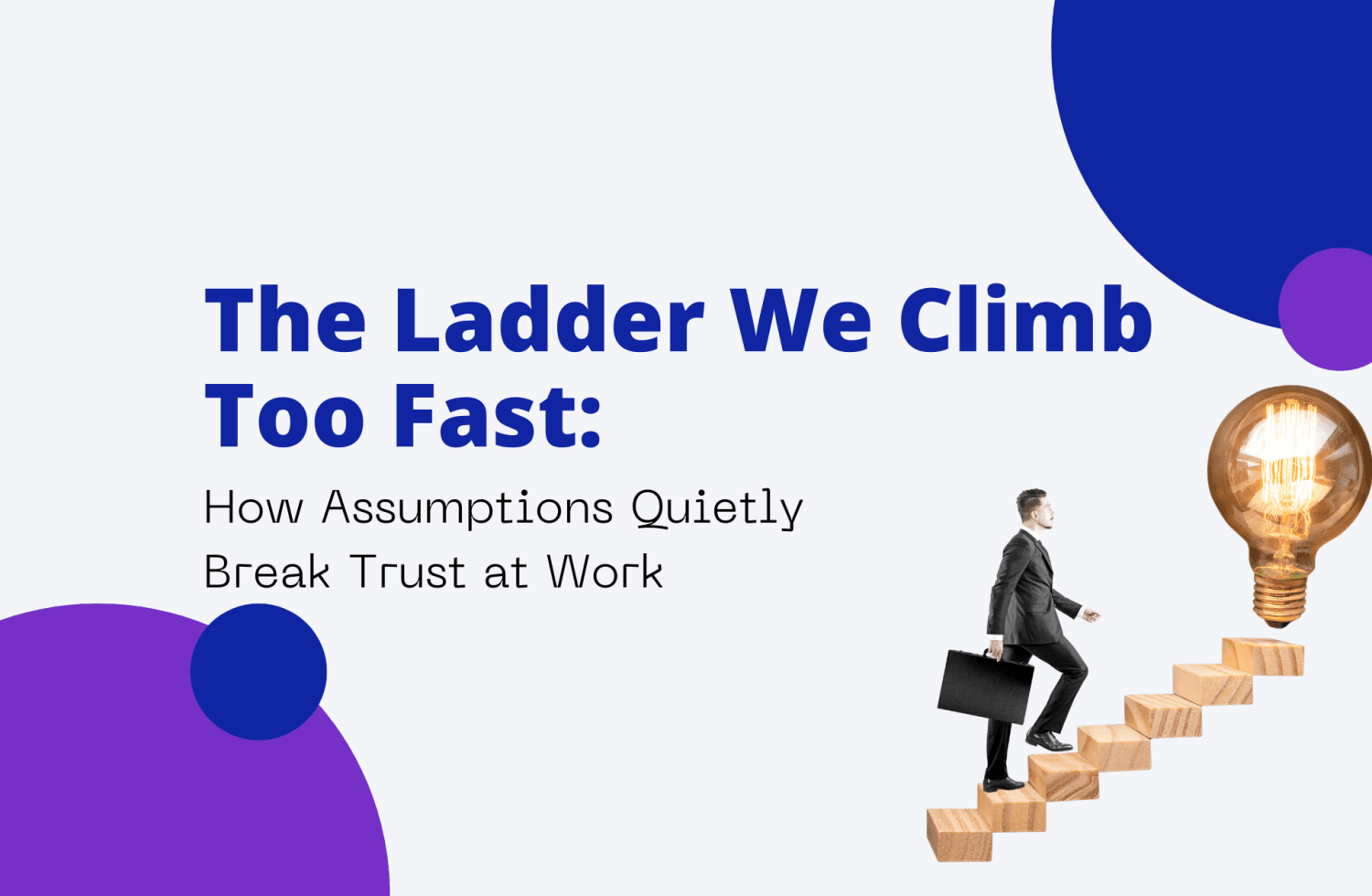Click Here to Download the PDF.
Let’s Rethink What Leadership Actually Means
Somewhere along the way, leadership got confused with control.
People started thinking a good leader is the one who has all the answers, calls all the shots, and never shows doubt.
But the best leaders?
They’re not in it for control.
They’re in it to create value.
Not just for the business—but for the people who show up to build it every day.
Because the truth is:
Great leadership isn’t about how well you manage.
It’s about how much better things get because you’re in the room.
Better communication.
Stronger performance.
More clarity.
Real direction.
That’s leadership that lasts.
Leadership That Creates Value Looks Different
If you think of leadership as pushing people to meet goals—you’re missing the bigger picture.
Leadership done right lifts the entire system.
You’re not just hitting metrics.
You’re reducing turnover.
You’re increasing engagement.
You’re supporting career growth.
You’re helping people do the best work of their lives.
That’s what it looks like when a team doesn’t just survive—but actually grows.
And it’s not reserved for the C-suite or a special title.
Every manager, team lead, and department head has the chance to lead this way.
The opportunity is in how you show up—and what you choose to value.
So What Do High-Value Leaders Actually Do?
The best leaders consistently do five things that move their team forward—not by force, but by clarity, support, and alignment.
Let’s break each one down in depth:
1. They Stay Flexible
Rigid leaders get left behind.
People’s needs shift. Life happens. Deadlines move. Good leaders don’t fight that—they adapt to it.
That means:
- Allowing flexible schedules that still get the job done
- Being open to asynchronous work when it makes sense
- Meeting people where they are without compromising on outcomes
Flexibility doesn’t mean lowering expectations.
It means removing unnecessary friction so people can do better work.
2. They Invest in Growth
Leaders who create value don’t just hire talent—they develop it.
That means giving people chances to grow before they ask for it:
- Offering learning stipends
- Building skill development into project work
- Making sure career paths are clear and supported
When people feel like they’re growing, they stay.
When they feel stuck, they leave—even if the job pays well.
3. They Prioritize Clearly
Clarity is a form of kindness.
Teams shouldn’t have to guess what matters this week.
Or waste energy juggling unspoken priorities.
High-value leaders set the tone by:
- Defining team goals with intention
- Making priorities visible and public
- Giving people permission to say no to what’s not aligned
This keeps teams from spinning in circles.
It helps them focus energy where it counts.
4. They Include Every Voice
Inclusion isn’t a DEI buzzword—it’s operational wisdom.
When people feel safe to speak, share, and challenge—they bring their best thinking.
That’s how innovation happens.
That’s how risk gets spotted early.
That’s how better ideas make it to the table.
Leaders create value by creating a space where:
- Everyone feels welcome to contribute
- Different perspectives are invited, not just accepted
- Feedback is normalized and not feared
People don’t just want to be heard.
They want to know their voice matters.
5. They Lead With Integrity
This is the one that holds everything else together.
Great leaders lead with:
- Transparency—even when it’s uncomfortable
- Accountability—especially when things go wrong
- Consistency—so people know what to expect
Integrity builds stability.
And stability builds trust.
And trust is what makes real performance possible.
Without it, everything else eventually cracks.
What Happens When Leaders Create Value?
When leaders prioritize growth, clarity, inclusion, and accountability, it changes the entire feel of a team.
Here’s what you’ll see:
- Higher productivity—but without burnout
- Better performance that’s consistent, not sporadic
- Deeper engagement—because people feel part of something real
- Lower turnover—because people don’t leave good leadership
- Stronger resilience—because the team isn’t relying on chaos to operate
- Actual progress—because momentum is built, not forced
But maybe more important than all of that:
Teams start to feel seen.
They start to feel supported.
They start to believe they can succeed.
And that changes everything.
Real Story: The Difference One Leader Made
I once consulted with a fast-moving tech team that had one standout issue—talent churn.
The turnover rate was climbing. Engagement scores were dropping. And no one could figure out why.
The team was delivering on goals. Deadlines were mostly met. But people kept leaving.
I started sitting in on meetings. Observing team dynamics. Talking one-on-one with staff.
Here’s what I found:
- People were unclear about where they were headed
- Career conversations were vague or nonexistent
- Feedback felt top-down and inconsistent
- And worst of all—most team members didn’t feel safe bringing up what wasn’t working
They didn’t hate the work.
They just didn’t feel led.
So I worked closely with one team manager to rebuild how they showed up.
We implemented:
- Weekly one-on-ones with career check-ins baked in
- Clear public team priorities updated every Monday
- Peer shout-outs in meetings to build recognition
- Office hours for open feedback
- Personal development plans for every team member
It didn’t take long.
Within two months:
- Turnover dropped by over 40%
- Internal promotion interest tripled
- One team member said, “For the first time, I feel like my manager wants me to win.”
That manager didn’t change the team’s tools, goals, or tech stack.
They just created value.
And the ripple effects were real.
Tools That Help Leaders Create Value
Book
“Leaders Eat Last” by Simon Sinek
A thoughtful, well-researched breakdown of why great leaders focus on building environments where people feel safe, valued, and connected.
TED Talk
“Why Good Leaders Make You Feel Safe” by Simon Sinek
One of the most-watched TED Talks on leadership—focused on how safety and trust within a team lead to higher performance and innovation.
Podcast
The Look & Sound of Leadership by Tom Henschel
A leadership communication podcast that tackles real scenarios in a relatable way—great for any manager looking to get better at clarity, influence, and presence.
Tool
Lattice
A performance management platform that makes it easier for teams to set goals, share feedback, run career development plans, and track engagement in real time.
Final Thought: Leadership That Lasts Starts With What You Build
Real leaders leave more than results behind. They leave better people behind.
It’s easy to get caught up in what needs to be done.
The targets. The timelines. The constant pull to deliver more with less.
But people remember how they were led—far more than what was achieved.
They remember who gave them clarity when things felt messy.
Who asked how they were doing before diving into the work.
Who said, “You’re ready for this,” when they weren’t sure themselves.
Who showed up with integrity—even when the results weren’t there yet.
Leadership isn’t about how many people you direct.
It’s about how many people feel stronger, clearer, and more capable because of you.
You don’t have to be perfect.
You just have to be intentional.
Because leadership doesn’t leave behind reports.
It leaves behind people.
And when those people feel valued—
That’s when real momentum begins.
Download the Infographic: How Leaders Create Value
Want to keep this framework where your team can actually use it?
Download the full infographic as a clean, printable PDF. Perfect for manager trainings, team huddles, or planning conversations.
Use it to remind yourself—and your team—what leadership that drives success really looks like.




